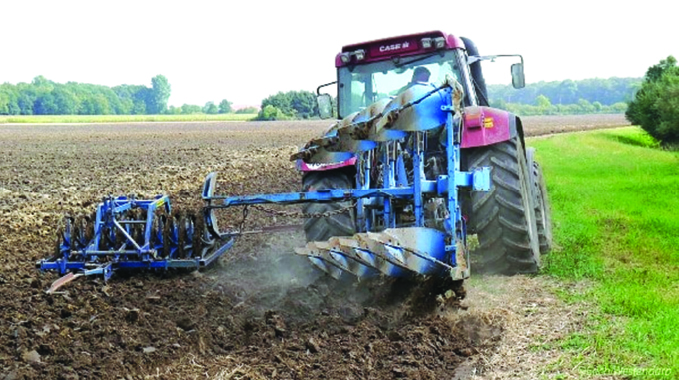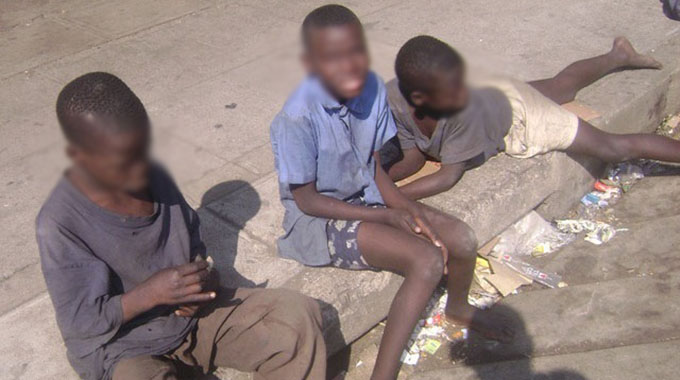Good forecast firm foundation for another bumper harvest

Obert Chifamba
Agri-Insight
ANOTHER forecast for a normal to above normal rainfall season, an avalanche of expectations for another bumper harvest!
This aptly sums up the general mood among farming enthusiasts across the country following the Southern African Regional Climate Outlook Forum’s (SARCOF) forecast indicating that the bulk of the SADC region is likely to receive normal to above-normal rainfall for most of the period October to December 2021, except for south-western Angola, western Madagascar, coastal areas of Namibia and western fringes of South Africa that have increased chances of normal to below-normal rainfall during the same period.
The forecast showed that the second half of the rainfall season, covering the period January-March 2022 is expected to be characterised by above-normal rainfall in Botswana, Democratic Republic of Congo, eSwatini, Lesotho, Malawi, Zambia and Zimbabwe as well as the bulk of Angola, Mozambique, Namibia, South Africa and Tanzania.
This positive climate outlook is attributed to an expected La Nina episode during the coming season.
La Nina conditions are triggered by the cooling of temperature in the Pacific Ocean and are usually associated with heavy rains and flooding in southern Africa.
There was, however, consensus during the meeting, which was held last week that national meteorological services in SADC member states should also work on their own detailed forecasts to capture the actual forecast for their own countries.
Users of the forecast were also strongly advised to contact their National Meteorological and Hydrological Services for interpretation of the Outlook, additional guidance and updates.
The climate experts also brought in another side of the exciting story calling on all stakeholders in the agriculture sector not to be overly excited and forget to look at the potential impacts of the forecast season after they intimated that there was a likelihood of locust outbreaks, crickets, and the fall armyworm.
They called on SADC member sates to intensify surveillance to minimise damage to crops.
They also said the season was likely to bring cyclones and floods, and urged member states to conduct education and awareness campaigns and have places to shelter those likely to be affected in the wake of a growing likelihood of the La Nina phenomenon revisiting the regions again.
But the good obviously outweighs the bad in the words of advice coming from these weather experts, so basing on that, farmers and all stakeholders along the value chain need to start doing the necessary preparations for a hectic season in which chances of success greatly outnumber those of failure.
Obviously, the forecast is good news for a region that has endured a number of dry seasons over the past decade, including the worst-ever drought in living memory that was recorded during the 2015/16 farming season.
Nearer home, such a weather forecast will obviously wet the farmers’ appetite for more success given that more than 70 percent of Zimbabwe’s rural communities survive on agriculture, which the majority has since commercialised or is still in the process of doing so.
It is also coming on the backdrop of another highly rewarding cropping season in which most farmers tasted the sweetness of success on farming.
However, farmers should take a cue from what happened last season when most of them were caught unaware by changes in the weather and were found without having adequately prepared for the above normal rains that marked the last half of the season — January to March.
The heavy rains brought with them both joy and sorrow for some because they also had a destructive side that could have been tamed had people made the necessary preparations, hence the need for the nation to start preparing for such an eventuality right away.
Farmers must as a rule of thumb have contour ridges in their fields to help with the drainage of excess water and curtail erosion of productive soils, as run-off seeks channels to use when exiting the fields.
On the one hand, farmers should also avoid ploughing along slopes, as this leaves the soil prone to being washed away when run-off takes advantage of furrows created during land preparation to find a way out.
The other critical issue is on input procurement.
Farmers will need to buy extra inputs (seed, fertilisers and chemicals) in case there is poor germination percentage requiring them to re-plant, heavy leaching inspired the rains making it necessary to do split application of fertilisers and high weed or pest populations requiring repeated herbicide or pesticide application.
While farmers are busy playing their part, the Grain Marketing Board (GMB) also needs to be rehabilitating or establishing new infrastructure for holding or storing the grain expected to come out of the forecast good season.
GMB must establish more collection points countrywide and avoid a repeat of last season when they ended up using Cottco’s collection points for grain deliveries at a time Cottco also needed to be using them.
Additionally, GMB should use the time between now and harvesting to secure more dryers in case the forecast rains will not allow normal harvesting procedures, forcing farmers to harvest grain that has more than the required moisture content for storage.
More dryers will allow farmers to harvest their grain once its dry enough to be removed from the fields and be stored safely either in the silos or at farmers’ homes.
It is refreshing to note that Government swiftly moved in last season to prevent possible serious post-harvest grain losses through the provision of dryers, combine harvesters and transport for the ferrying of grain to the GMB.
Of course, Government’s intervention did not stop there with President Mnangagwa introducing a tick grease scheme that benefited over one million households to save cattle from January Disease and other tick-borne diseases that had claimed in excess of 500 000 head of cattle countrywide.
Livestock farmers should also be procuring dipping chemicals enough to allow them to dip their cattle twice a week during the rainy season when tick populations are naturally high and not wait for the Department of Veterinary Services (DVS) to be doing so on its own.
This is also the time for farmers to be securing infrastructure they expect to be using in the course of the season, especially for saving their livestock from adverse rainy weather conditions.
They must also be preparing to do a lot of hay harvesting through setting up the critical storage facilities in which they will stack the hay bales for later use.
The expected above normal rains will generate a lot of grass and vegetative matter that must be harvested and put to good use after the cropping season expires.
It is also crucial for those farmers with the capacity to establish weirs or even small dams to trap water for later use during the dry season.
A lot of water is lost every year through run-off with farmers failing to practise all-year-round farming because of the unavailability of water yet they would have allowed it to flow away into rivers and ultimately seas where they cannot access it for use.










Comments